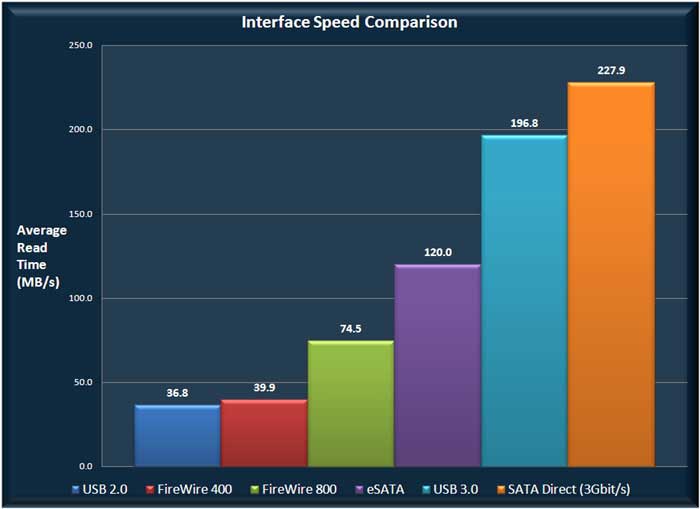

The raw link data rate on these wires starts at 5 Gb/s in each direction, which is 10 times faster than USB 2.0's 480 Mb/s. This is why special cables and connectors are required for USB 3.x: It's not a matter of higher quality, but more wires in the cable, and connectors that may look the same (in particular the type-A connector) but have in fact additional contacts for these extra 4 (or more) wires.

It's yet another variant of the same physical interface used by Gigabit Ethernet, SATA, PCIe, DisplayPort and often in fiber optics. A host can in theory interact with a device through both interfaces in parallel, but it so happens that the USB protocol requires that one should be selected and the other turned off.Īll communication related to the USB 3.x protocol takes place through (at least) 4 dedicated wires, which form a Multi-Gigabit Transceiver (MGT) channel or lane: One pair of differential wires for transmission and one pair for reception. In fact, connecting a standard USB 3.0 device to a host is almost equivalent to connecting two devices, one with a fullblown USB 2.0 protocol stack, and one USB 3.0 device.

Even though the USB 3.x standard attempts to present a compatible interface to host's software, it has very little in common with USB 2.0 as far as the low-level communication goes.


 0 kommentar(er)
0 kommentar(er)
